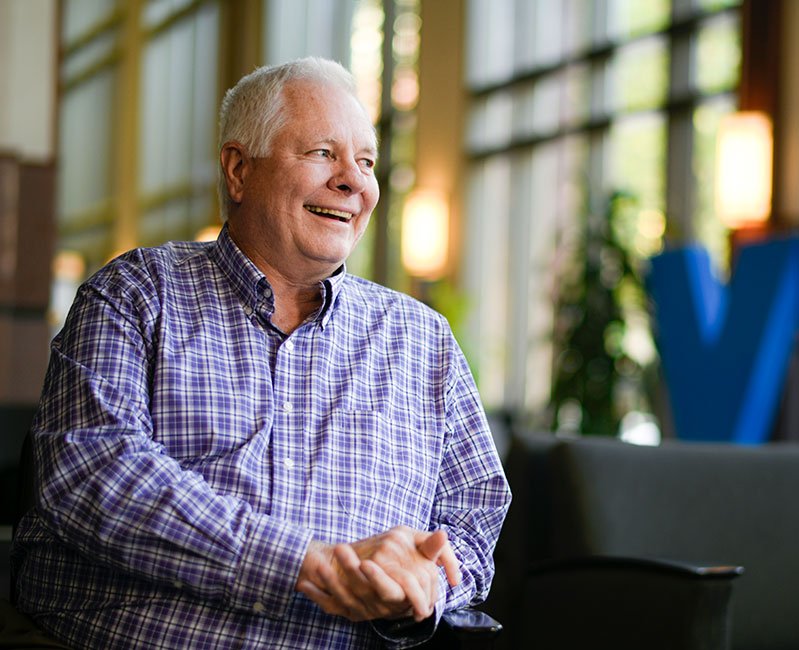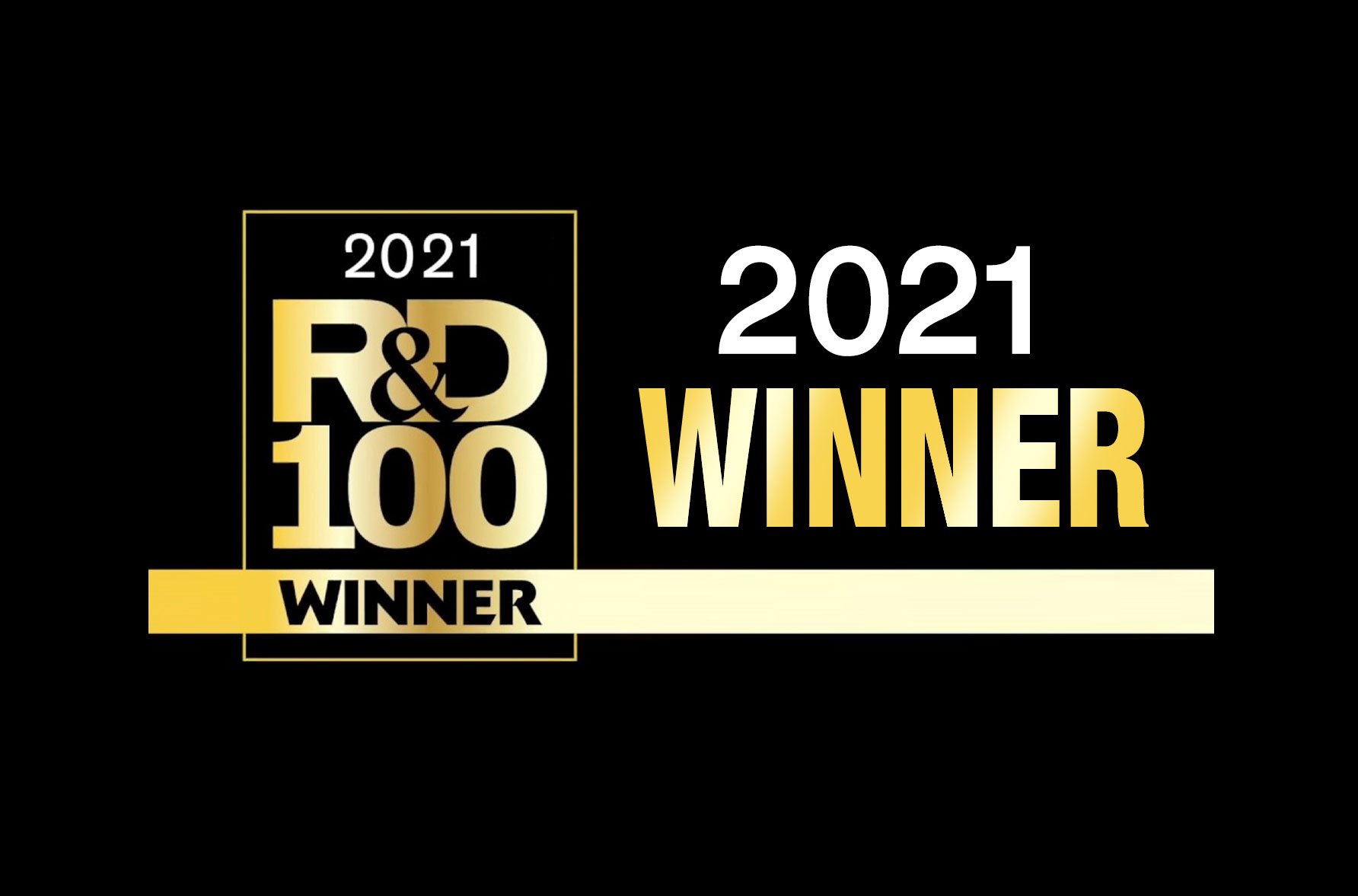EPB Quantum supports the development and commercialization of quantum technologies, including networking, computing, sensing and beyond. By providing startups, established companies, universities and public research organizations with access to advanced technology, EPB Quantum empowers innovators to bring paradigm-shifting solutions into the real world.
Established on the cornerstone of R&D 100 award-winning research efforts, EPB Quantum Network was the first commercially available quantum network in the U.S. It quickly showed its value by helping its first customer prove that its quantum equipment was interoperable with other commercially available quantum technologies.
Designed for private companies as well as public and university researchers to run technologies, EPB Quantum Network provides dedicated quantum networking equipment and an 8-kilometer fiber optic loop to support the development, adoption and integration of quantum products in a real-world setting.
Since its launch, EPB Quantum Network has empowered several “firsts” for the quantum technology industry:
Before launching EPB Quantum Network, EPB gained experience in quantum networking by joining a collaboration between Oak Ridge National Laboratory (ORNL), Los Alamos National Laboratory and Qubitekk (since acquired by quantum computing leader IonQ) to explore how quantum security products could help protect the nation’s smart grid from cyber-attacks. EPB was selected to participate based on its fiber optic expertise, designation as a Living Laboratory by the U.S. Department of Energy and long-established collaboration with ORNL. The project earned a 2021 R&D 100 Award for successfully demonstrating the potential superiority of combining advanced communications infrastructure with quantum technologies to solve current and future challenges.

EPB serves the people of the Chattanooga area with advanced smart city infrastructure to enable world-class energy and connectivity solutions that include the most resilient smart grid power distribution system in the United States and the fastest internet in the world.
EPB also utilizes the fiber optic network as the communications backbone for deploying more than 200,000 smart switches, sensors and other devices to establish the most advanced and highly automated smart grid in the nation. As a result, the U.S. Department of Energy named EPB a living laboratory for pioneering smart grid technologies. Since then, EPB has partnered with Oak Ridge National Laboratory, the University of Tennessee at Chattanooga, and more than 20 other national research partners to play a critical role in more than $155 million in smart city research. EPB was also the first major power distribution utility to earn the GBCI’s PEER certification for having a highly automated, modernized electric power grid in 2015 and followed up in 2021 by re-certifying at PEER Gold.
EPB is an independent board of the City of Chattanooga which began serving customers in 1939.
